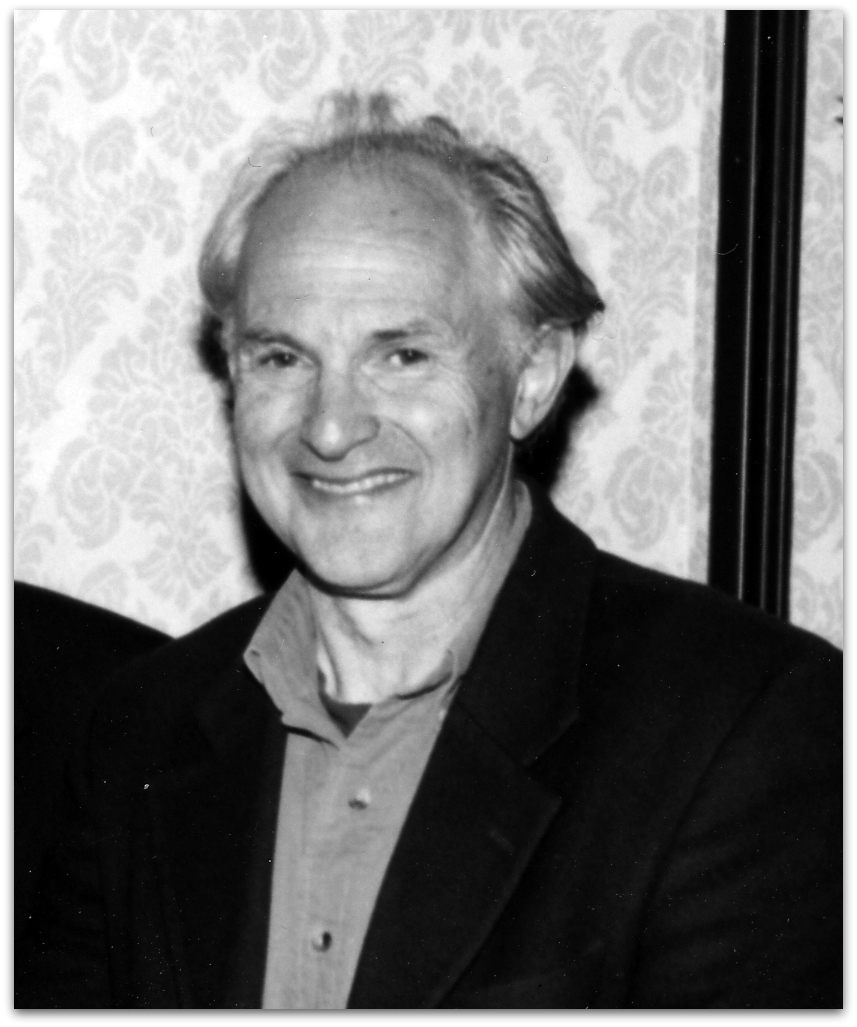 Nomination Deadline: September 1, 2016
Nomination Deadline: September 1, 2016
You are invited to nominate qualified candidate(s) for the Nanocarbons Division Richard E. Smalley Award.
The Nanocarbons Division Richard E. Smalley Research Award was established in 2006 to encourage research excellence in the areas of fullerenes, nanotubes and carbon nanostructures. The award consists of a scroll, a $1,000 prize and travel assistance to attend the 231st ECS biannual meeting in May/June, 2017 in New Orleans, LA for formal recognition. Explore the full award details on the ECS web site prior to completing the electronic application.
P.S. The Nanocarbons Division Richard E. Smalley Research Award is part of ECS Honors & Awards Program, one that has recognized professional and volunteer achievement within our multi-disciplinary sciences for decades. Learn more about various forms of ECS recognition and those who share the spotlight as past award winners.


 A giant among giants
A giant among giants